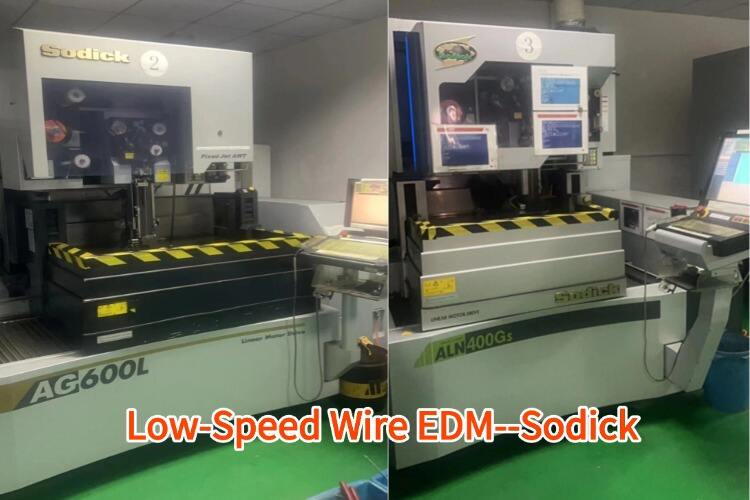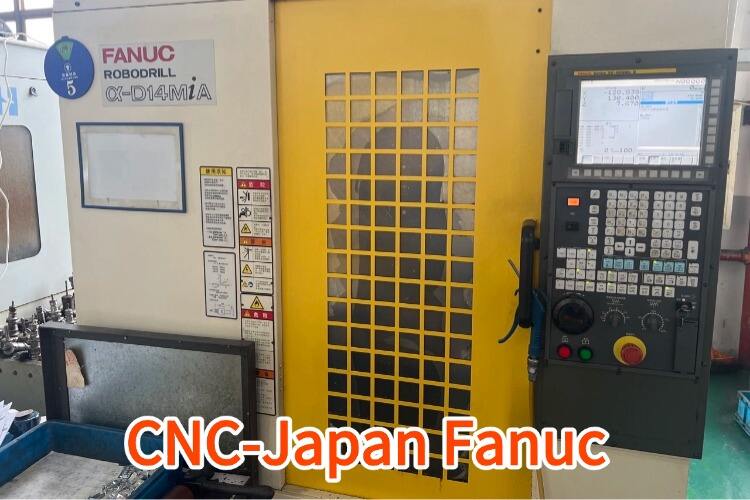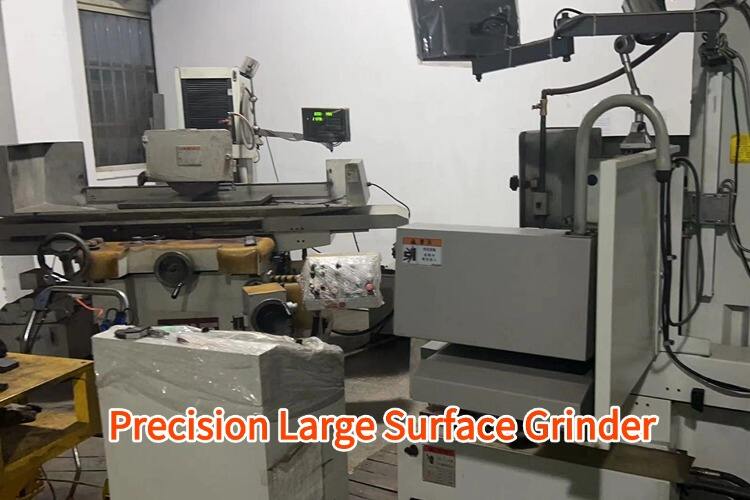stabilization heat treatment
Stabilization heat treatment is a critical metallurgical process designed to enhance material stability and performance through controlled thermal exposure. This sophisticated treatment involves heating materials to specific temperatures and maintaining these conditions for predetermined periods, followed by carefully regulated cooling. The process primarily aims to relieve internal stresses, reduce dimensional changes, and improve the overall structural stability of materials. In industrial applications, stabilization heat treatment proves particularly valuable for components that must maintain precise dimensions and mechanical properties under varying operating conditions. The treatment typically operates within temperature ranges of 300-700°C, depending on the material composition and desired outcomes. This process effectively minimizes future dimensional changes by promoting the completion of phase transformations and structural modifications that might otherwise occur during service. Industries such as aerospace, automotive, and precision manufacturing rely heavily on stabilization heat treatment to ensure component reliability and longevity. The treatment's versatility allows it to be applied to various materials, including different grades of steel, aluminum alloys, and other metal composites. Modern stabilization heat treatment facilities utilize advanced temperature control systems and atmosphere regulation to achieve optimal results, ensuring consistent quality across treated components.


